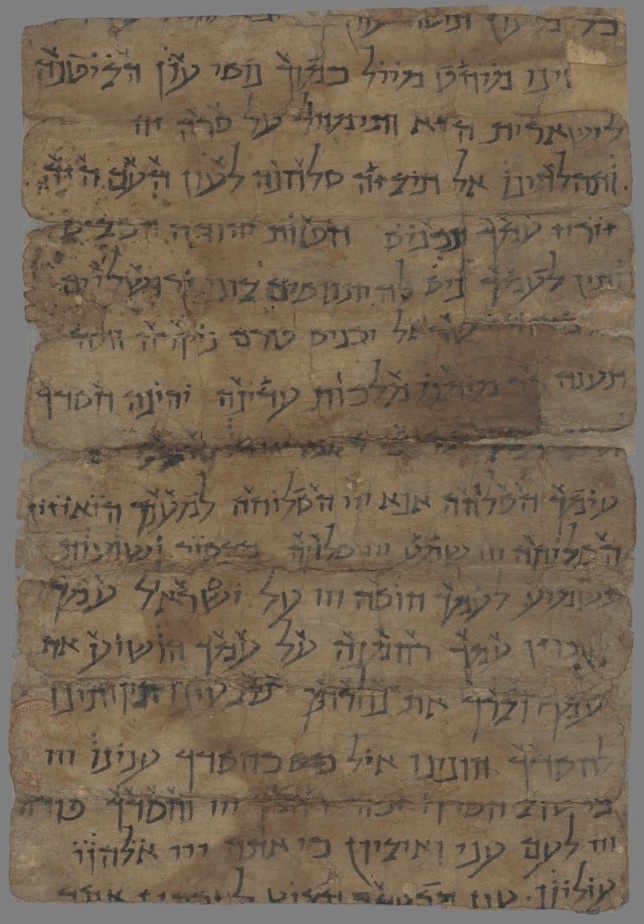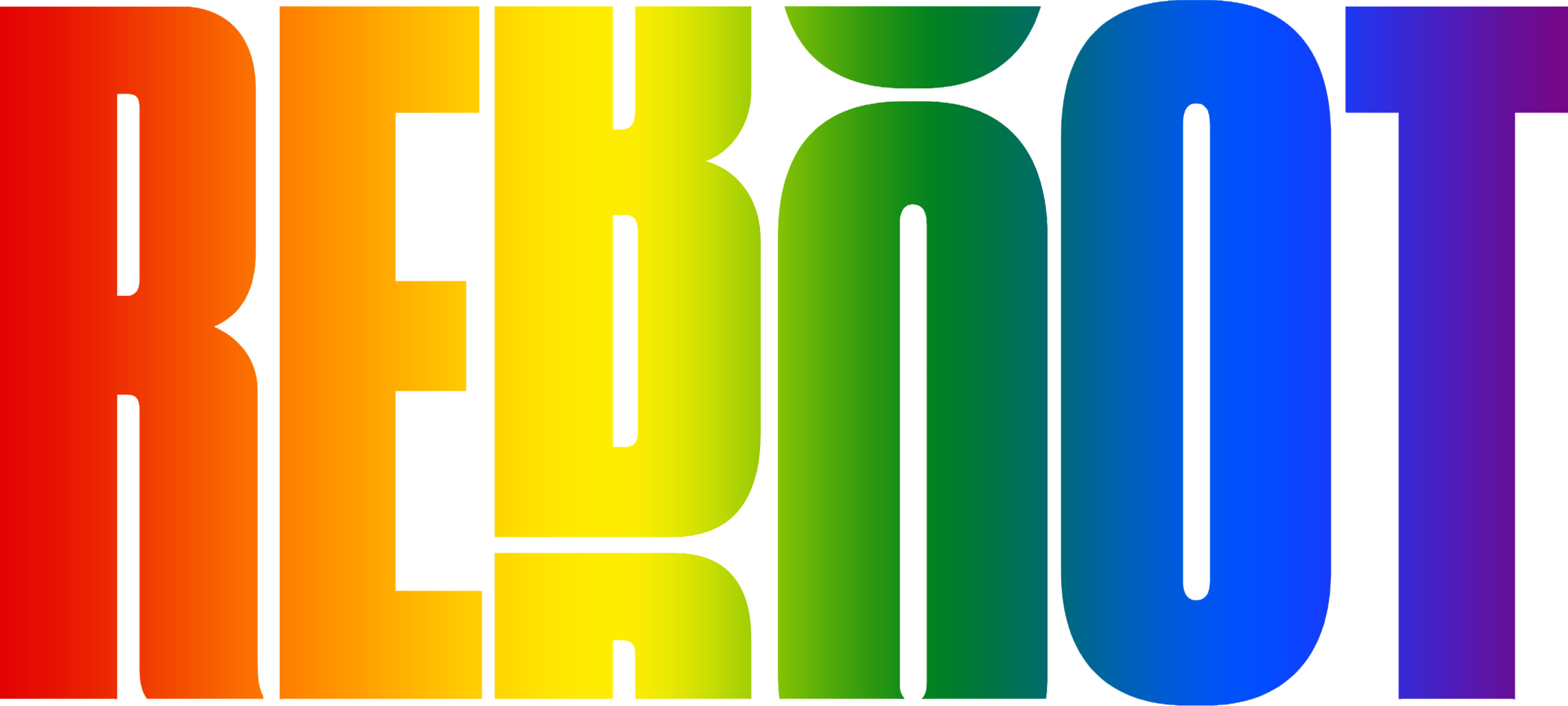
If you are acquainted with observant Sephardim and Mizrahim, there’s a good chance that, especially during the month of Elul, they are praying in a synagogue before it is even daylight. The practice is called “Selichot,” rooted in the Hebrew word, “Selicha,” or “pardon”), and centers on entreating God for divine forgiveness, particularly in the time leading up to the Days of Awe (Rosh Hashanah and Yom Kippur). The penitential prayers are also said on Rosh Hashanah and focus deeply on the concept of “teshuvah” or repentance and literal “return” to God and Jewish law.
Sephardic and Mizrahi communities recite Selichot before dawn each day during the month of Elul, beginning on the second day of the month; these nearly 30 days of prayers are a major aspect of how non-Ashkenazi Jewish communities approach the High Holy Days. Ashkenazim also recite Selichot, but not during the entire month of Elul. Instead, they begin the Sunday (or Saturday night) before Rosh Hashanah until Yom Kippur.
The most central theme of these prayers is the recitation of the “13 Attributes” of God’s mercy,” which the Torah teaches were revealed to Moses after the sin of the Golden Calf. The attributes, according Exodus 34:6-7, are: “Hashem [1], Hashem [2], God [3], merciful [4], and gracious [5], long-suffering [6], abundant in goodness [7] and truth [8], keeping mercy unto the thousandth generation [9], forgiving iniquity [10] and transgression [11] and sin [12], who cleanses [13].”
Jewish mysticism teaches that the first part of night itself is associated with “din,” or judgment,” while the second part, which is closer to the morning, serves as a more auspicious time of divine favor and mercy. Hundreds of thousands of Sephardic and Mizrahi Jews recite Selichot during the entire month of Elul (and on fast days), particularly in Israel, where thousands gather after midnight at the Western Wall (Kotel) to pray ardently as a community and entreat God to forgive them for their mistakes of the past year. Videos of such communal prayers in Israel are available online, particularly on YouTube.
